Given how ubiquitous it’s become, it’s strange to think that turbocharging was once relatively rare.
Although it all started for production cars in 1962 with the Oldsmobile Jetfire V8 and Chevrolet Corvair Monza, there were still only a handful of cars running a blown engine by the late 1970s. But with vehicles like the BMW 2002 Turbo and Porsche 911 acquiring legendary status, the technology was on the up.
In 1977, Saab revealed the turbocharged 99, featuring improved wastegate technology that proved turbo power was feasible for everyday driving – not just the track. The following year, the firm launched the 900 – a car that truly popularised mainstream turbocharging.
Click here to buy your next used car from Autocar
The 900 was available during its long life as a characterful hatchback, saloon and convertible, with a sleek body and prominent bumpers. The first generation (1978-1994), dubbed the ‘classic’, was launched with four other trim levels but we’re focusing on the sportier Turbo model here.

To begin with, the 900 Turbo produced 145bhp from an inline slant four, which was around 50% more power than the naturally aspirated 900. But for more grunt, seek out a model built from 1985 with the improved 16-valve engine, which offered a more enticing 175bhp.
Contemporary critics loved the feisty performance of later models, which featured improved turbo tech for a less laggy driving experience. Interior quality, refinement and practicality were also praised. There was a 602-litre boot, a solid feel to everything and room for three people in the back. Aviation-inspired ergonomics and comfortable seats made the car easy to live with, especially on long trips.

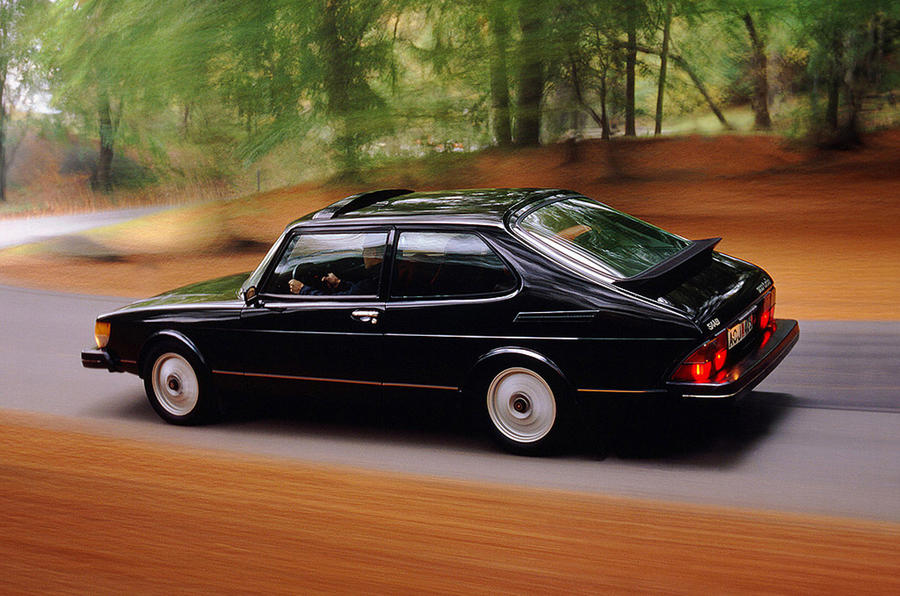




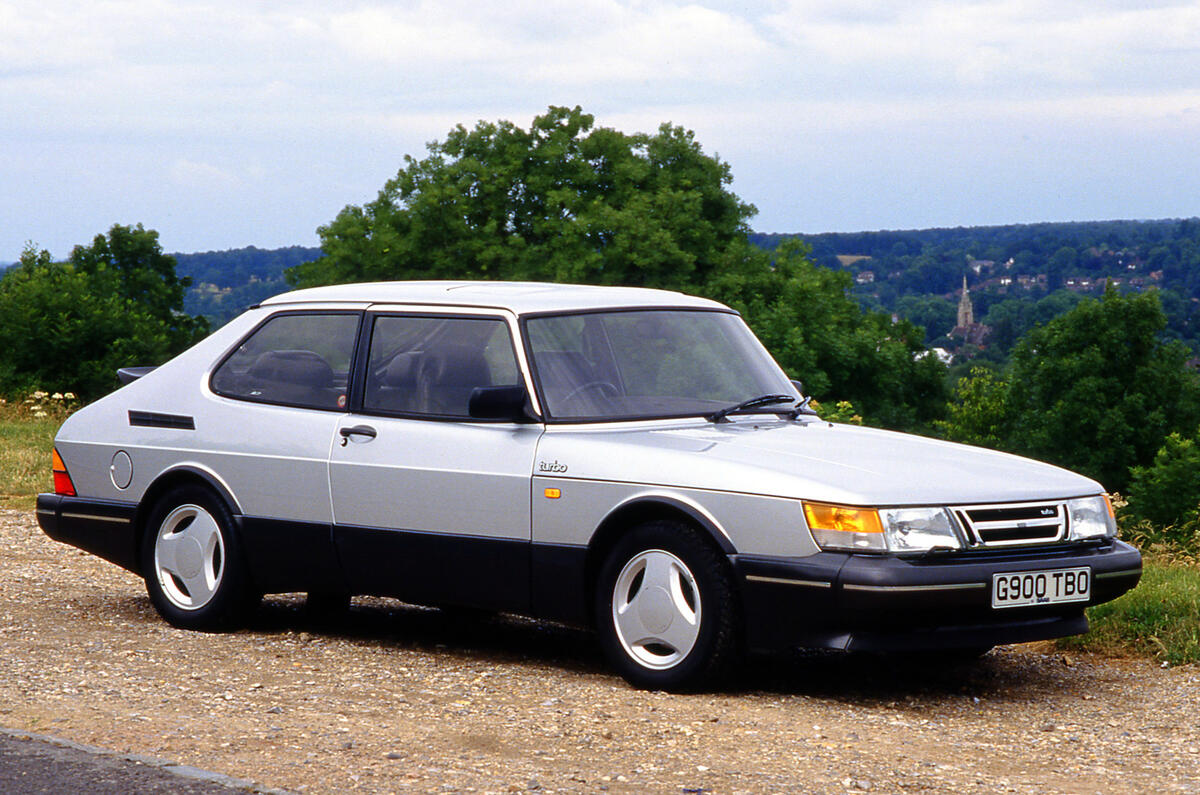



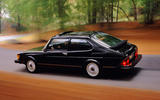









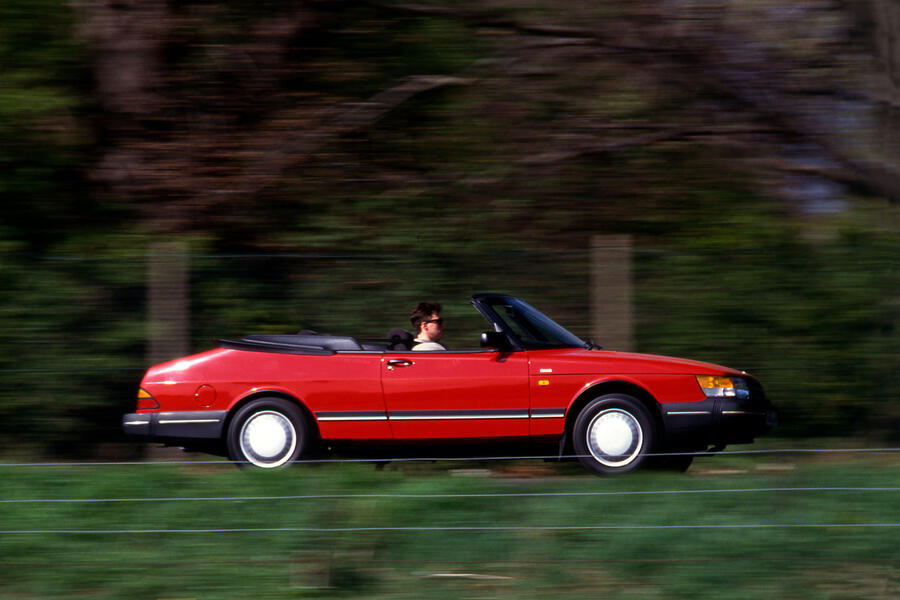
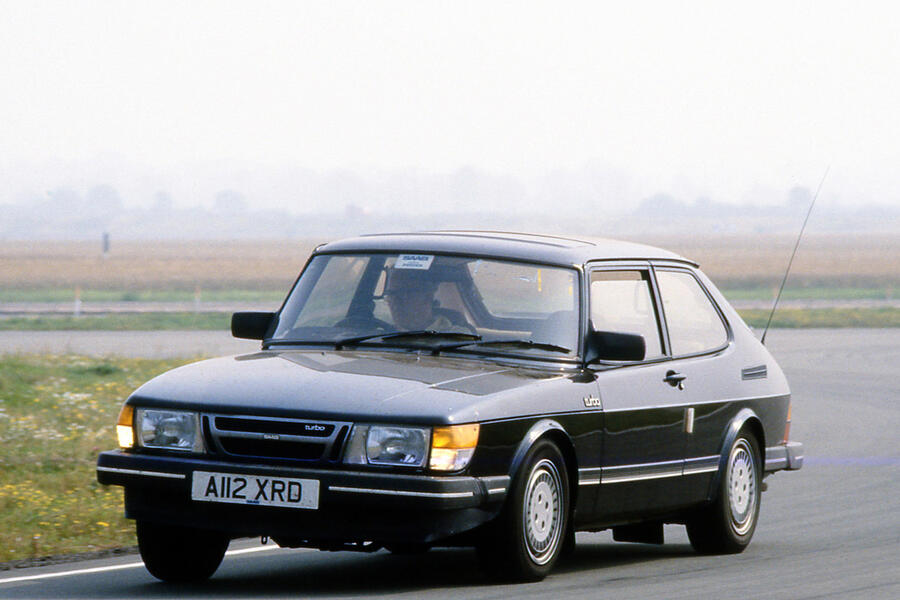





Join the debate
Add your comment
Having had its very similar predecessor the 99 Turbo watch out for broken water pump drive and worn gas struts on the very heavy tailgate. Rot is an issue but the steel used is so thick that welding repairs aren't difficult.
I still remember the F14 /Saab commercial back in the day.
I'll leave it there lol
I had Saabs (3 x 9000's) back in the day too. Great cars, much underrated.
The jet in the advert was a Saab (Grippen?) though not an F14 for fairly obvious reasons... Unless you're saying Tony Scott used the "wrong" fighter for some reason, which would be a good story but one I haven't come across?
What you say makes perfect sense!
As usual.